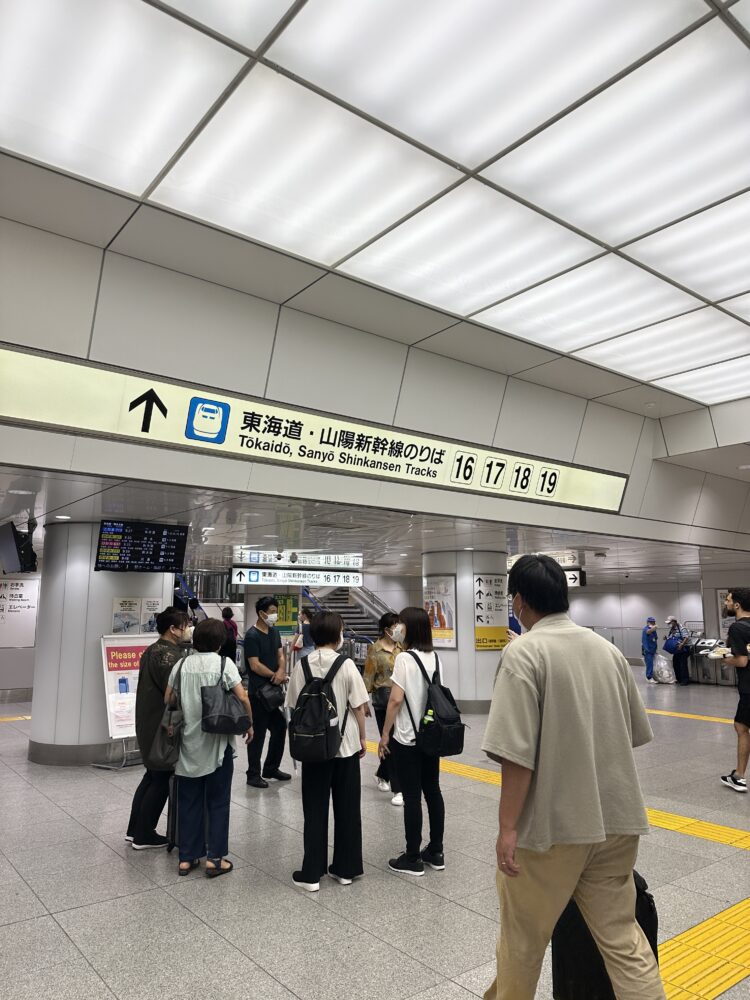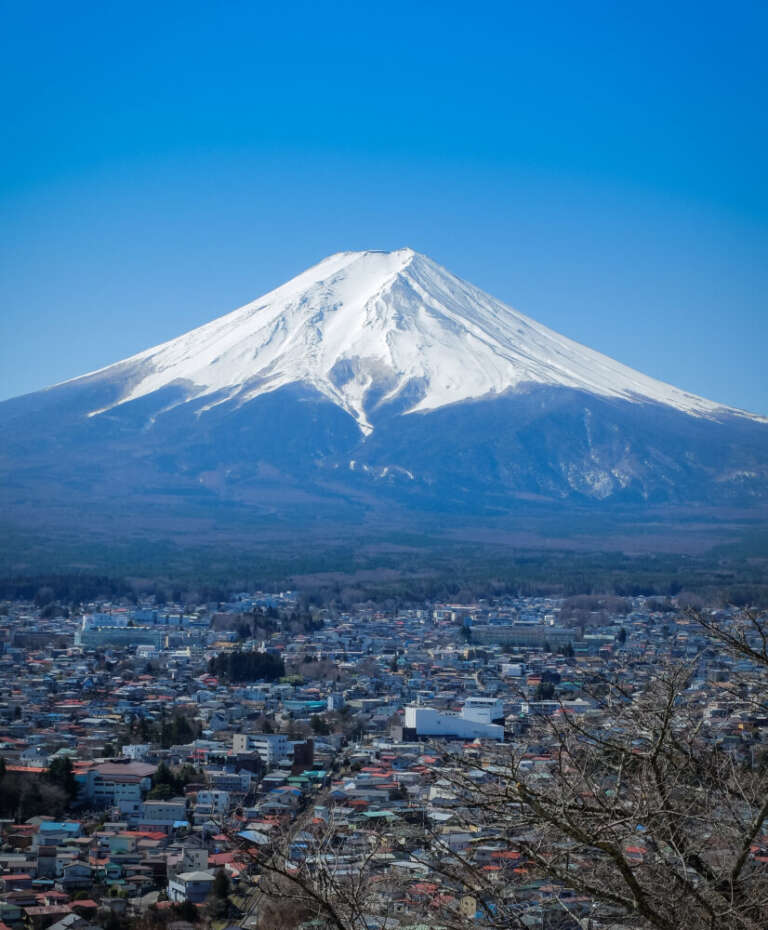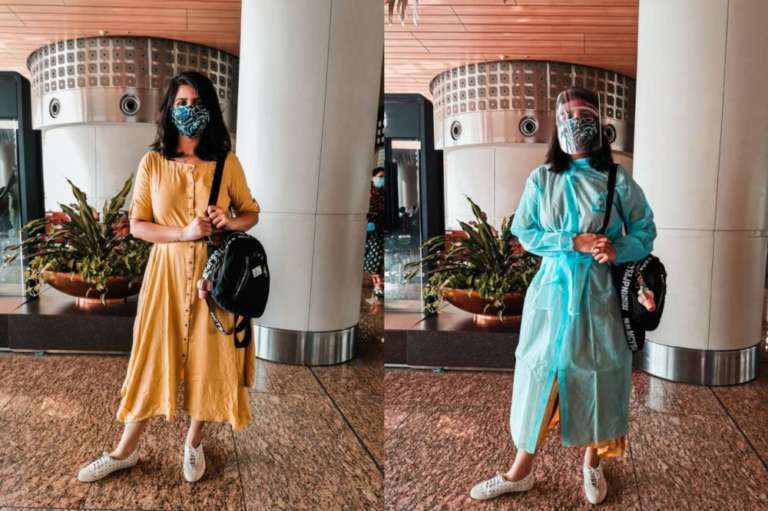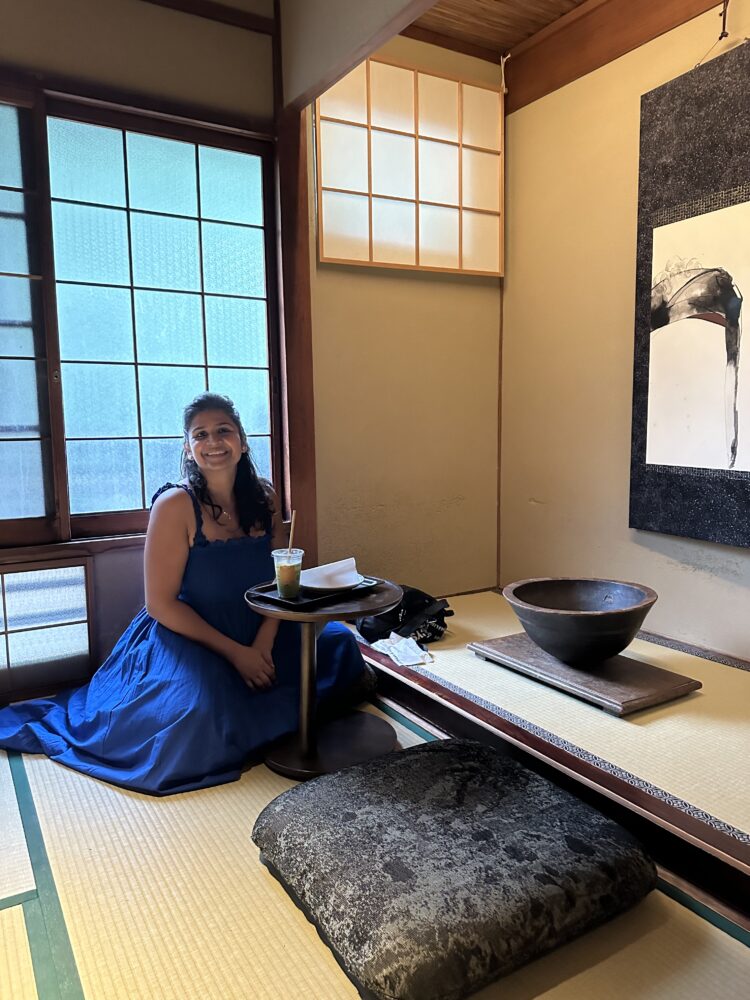Thailand Visa and Check-ins
Visa
Here’s your updated visa guide for Indian travelers. If your Thailand trip is a short sprint, the single-entry eVisa is your key to a hassle-free 15-day exploration. Once you receive your eVisa approval, you’ve got a 30-day window to step into Thailand before it expires. But what if the allure of Thailand beckons you for more than 30 days? In that scenario, head to a Thai Embassy or Consulate to apply for a longer-stay visa. The process is straightforward: download the visa application form, fill it out, and submit it with the required documents at the Embassy or Consulate. This visa allows you a generous 60-day stay in the Land of Smiles. Just a word of caution: overstaying can lead to fines, so be sure to adhere to the 60-day limit.
Indian citizens planning to visit Thailand, need to obtain a visa on arrival for their trip. You can apply for a VoA at the airport once you land, Indian nationals can also apply for the Thailand e-Visa online. VoA will cost you around 2,400 Baht pp and e-Visa will be 2,500 Baht pp. In both the scenario you will have to pass through the immigration lane, where the waiting period can easily go up to 1-2 hours. So plan your connecting flights wisely. Upon arrival at Chiang Mai or any other Thai International Airport, you’ll need to go through immigration and customs procedures. Ensure you have all necessary travel documents, including your passport, visa, and return flight details.
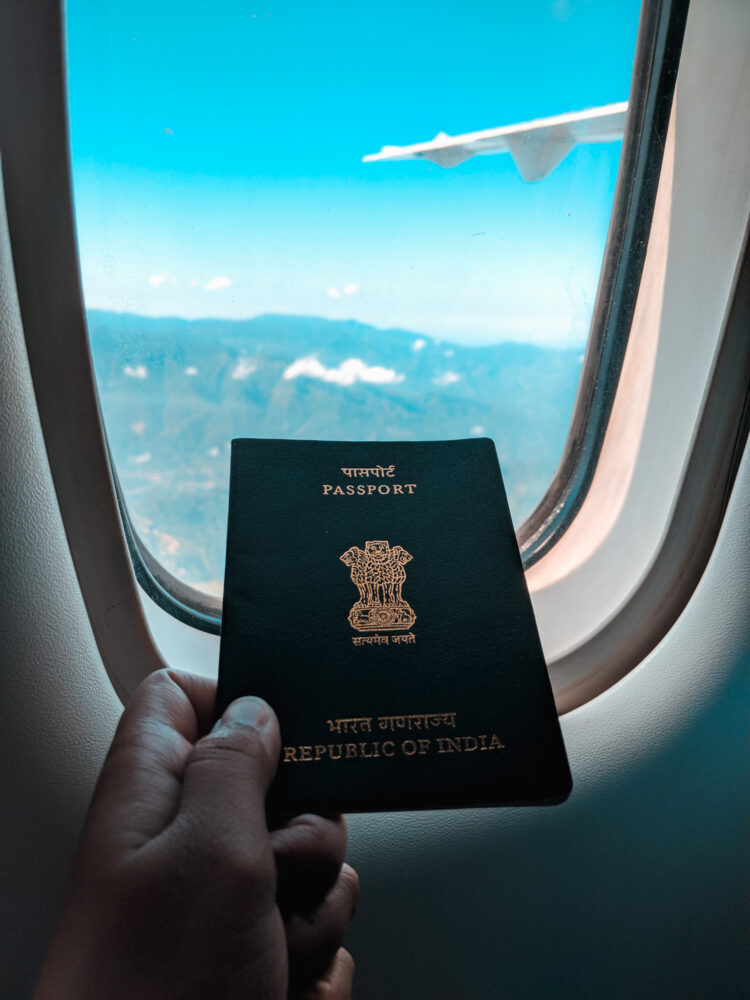
When applying for any Thai visa, keep these essentials in mind:
- Your passport or travel document should have a minimum validity of 6 months.
A recent photograph, taken within the last six months. - Proof of your departure from Thailand, such as a fully paid air ticket.
- Show that you have adequate finances for your visit: 20,000 Baht for individuals and 40,000 Baht for families.
- While not mandatory for Visa on Arrival (VOA), carrying proof, like a financial statement PDF on your mobile, is a smart move.
- Fully paid return tickets are a must.
- Confirm and book your accommodations for the entire duration of your stay.
This comprehensive guide should ease your visa application process, letting you focus on planning the fun parts of your Thai journey. In fact, Thailand has made a rule of free visas to travelers from India. Get ready to immerse yourself in the vibrant culture, stunning beaches, and tempting cuisine of Thailand!
Travel smart in Bangkok
Travel effortlessly and with ease at Bangkok airport! Discover the streamlined self-check-in process that makes long lines a thing of the past. With this system, you’re on your way to your destination smoothly and swiftly. This convenient self-check-in service is available for passengers holding tickets from Thai Airways, Thai Smile, Bangkok Airways, or Air Asia. It’s an incredibly quick and stress-free process that can be completed in roughly 5 minutes. If you’re unfamiliar with the process, don’t worry! The friendly airport staff are always on hand to assist you. Here’s a step-by-step guide to ensure a smooth experience:
- Start by obtaining your boarding passes. Use the self-check-in kiosk to select your seat and printout your boarding passes along with the tags for your luggage.
- Next, attach the printed luggage tags securely to your suitcases. This is a crucial step to ensure that your luggage reaches the correct destination.
- Then, proceed to the self-service luggage drop counter. Here, you’ll select your flight details on the kiosk and scan the barcodes on your boarding pass and luggage tag.
- Place your luggage on the conveyor belt for check-in. You’ll need to confirm and agree to any terms and conditions as prompted by the system.
- And just like that, in approximately 5 minutes, you’re ready to go! Head to your gate and look forward to your flight.
Enjoy a seamless start to your travel experience at Bangkok airport with this efficient self-check-in system!
SIM
Kicking off your Thailand trip? A local SIM card is a must-have for seamless connectivity! These SIM cards are not only budget-friendly, ranging from 299 baht to 899 baht, but also offer excellent data and calling plans tailored for tourists. Options include packages valid for 5, 8, or 10 days, catering to short and medium-length stays.

Take, for instance, our experience: we opted for an 8-day TRUE tourist SIM priced at 400 baht. This gem came with the perks of unlimited 5G/Wi-Fi internet, sufficient for all your browsing and streaming needs, local calls to stay connected within Thailand, and an additional 100 baht credit for international calls – perfect for keeping in touch with folks back home.
When purchasing your SIM card, remember to have your passport handy as it’s required for registration. Now, where to buy them? In Bangkok, head straight to the arrivals area of Suvarnabhumi or Don Mueang airports. Here, you’ll find booths of major providers like TRUE, AIS, and DTAC, offering various packages to suit your needs.
If you’re landing in Phuket, worry not! Similar booths are available at Phuket International Airport, ensuring you’re connected from the moment you land. Additionally, these SIM cards are available at most convenience stores like 7-Eleven and FamilyMart across the city, providing easy access no matter where you are.
With your Thai SIM card, you’re all set to explore the vibrant streets of Bangkok, the serene beaches of Phuket, and beyond, with the digital world at your fingertips!
Transfer
Navigating Thailand’s cities as a traveler offers a variety of convenient and budget-friendly options. For solo adventurers or couples, public transportation like the metro, buses, and bike taxis in Bangkok offer a swift and economical way to explore the city. These options are not only cost-effective but also allow you to experience the city like a local. For groups of three to four, using ride-hailing services like Grab can be more practical and cost-effective, especially when traveling longer distances or in busy areas. Grab cars provide comfort, safety, and the ease of booking through an app, making them a popular choice for small groups. Now, for a taste of local culture and a bit of adventure, hopping on a tuk-tuk is a must-try experience! While tuk-tuks are more about the experience than convenience, they are perfect for short distances and offer a unique way to see the city. A pro tip: always negotiate the fare beforehand, and it helps to check Grab prices for a fair estimate of what you should pay.
In our experience, we often opted for tuk-tuks when returning to our hotel, especially as we were an odd-numbered group. Since hiring SUVs through Grab turned out to be more expensive for us, we compared Grab prices and then bargained with tuk-tuk drivers for a similar or better deal. In Phuket and Chiang Rai, similar options are available, but the preference may vary based on the city’s layout and your location. In Phuket, where destinations are more spread out, Grab cars might be more convenient for longer distances, while tuk-tuks and bike taxis are great for shorter trips. In Chiang Rai, known for its laid-back atmosphere, renting a scooter or a bike can be a fun and flexible way to explore, especially for the more adventurous traveler. Each of these transportation options offers a different aspect of Thai life and can be chosen based on convenience, budget, and the kind of experience you’re looking for.
Exploring Phuket on a rented bike is an excellent choice for those looking to experience the island at their own pace. For a remarkably affordable rate of just 400 baht per day, you can have the freedom and flexibility to journey across Phuket’s scenic landscapes and hidden gems. Adding to this cost-effectiveness, fuel prices are quite reasonable, with petrol available at around 40 baht per liter. When we decided to rent a bike, we found the process straightforward. However, it’s important to note that you’ll typically be required to leave a form of identification, like a passport, as a security deposit. This is a standard practice among rental services in Thailand. We left our passport with the rental service provider, which was safely returned to us upon returning the bike.
The lady we rented from in Phuket was not only trustworthy but also exceptionally friendly, making our experience even more pleasant. Her professionalism and reliability provided us with peace of mind, allowing us to enjoy our exploration of Phuket without any concerns.
Renting a bike in Phuket not only offers an economical way to travel but also allows you to discover the island’s stunning beaches, lush landscapes, and local culture more intimately. It’s an adventure that combines the thrill of exploration with the ease of self-guided touring, perfect for those looking to experience Phuket beyond the typical tourist routes.
Money exchange
Navigating the nuances of currency exchange in Thailand is an essential aspect of travel planning, especially when seeking the most favorable rates. Variations in exchange rates are common among different banks and currency exchange counters, making it wise to compare rates before completing any transactions. Additionally, it’s crucial to be aware of potential extra fees or commissions that exchange services might levy. For those traveling to the northern regions of Thailand, finding competitive exchange rates can be a bit challenging compared to other cities. During our visit, we exchanged our money at an old market counter, yet the rates weren’t as attractive as those we later found in Bangkok and Phuket. If your stay in Thailand is brief, exchanging currency in your home country is a practical choice. The difference might only be about 300-600 baht, which is relatively insignificant for short trips. However, if you need to exchange money in Thailand, here are some reliable options:
Banks: Most major Thai banks offer currency exchange services for various foreign currencies. They typically provide competitive rates and are known for their reliability and security.
Currency Exchange Counters: These are plentiful in tourist hotspots of Chiang Mai, Phuket, and Bangkok, including areas like the Night Bazaar, Tha Pae Gate, and Nimmanhaemin Road. These counters display rates for multiple currencies and are known for their efficient service.
ATMs: A ubiquitous and convenient option across Thailand, ATMs allow travelers to withdraw Thai Baht directly. However, be aware of potential additional charges for foreign withdrawals. It’s advisable to consult with your bank about international transaction fees beforehand.
Airport Exchange Counters: Airports in Chiang Mai and other international hubs in Thailand have currency exchange facilities. While they offer the convenience of exchanging currency upon arrival or departure, their rates may not be as competitive as those found in the city.
In summary, whether you choose to exchange currency at a bank, a dedicated counter, an ATM, or at the airport, it’s essential to weigh the convenience against the potential cost benefits. This careful consideration ensures that you get the most out of your money while enjoying your travel experience in Thailand.
Local Etiquettes
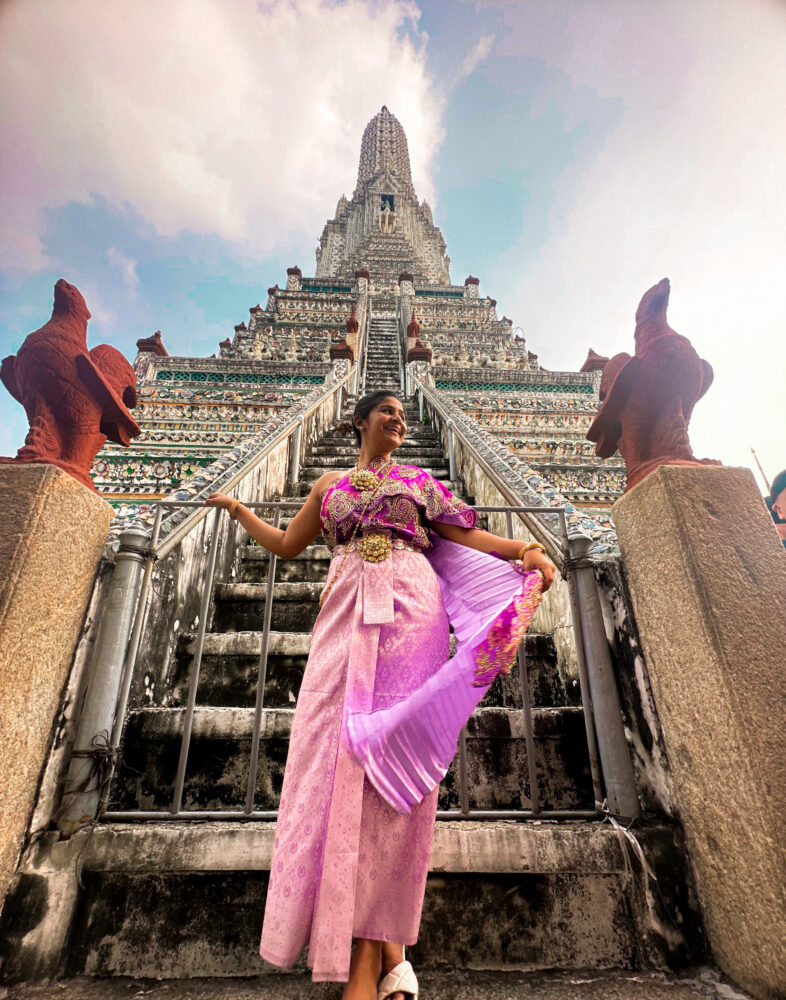

Begin your journey to Thailand with confidence by arming yourself with these essential tips and insights. They’re your key to navigating the country like a savvy traveler, ensuring a smooth and enjoyable experience.
- When visiting Thailand, it’s important to observe local customs and etiquette to show respect for the culture. A traditional greeting in Thailand is the ‘wai’, which involves a slight bow with the palms pressed together in a prayer-like fashion. While handshakes are common in many cultures, in Thailand, it’s best to wait for a local to extend their hand first before offering yours. Another important etiquette is footwear-related. It’s customary to take off your shoes before entering someone’s home or a temple. This practice shows respect for the cleanliness and sanctity of these spaces. Be mindful of your feet positioning, as pointing the soles of your feet towards someone is considered disrespectful. The feet are seen as the lowest and dirtiest part of the body in Thai culture, so it’s polite to keep them tucked away and not directed at others. Additionally, in Thailand, monks are highly revered. When walking on footpaths, it’s a sign of respect to step aside and let monks pass first. Furthermore, avoid sitting next to monks, especially if you are a woman, as this adheres to their religious practices and shows reverence for their position in society. Understanding and adhering to these local etiquettes is key to a respectful and enriching experience in Thailand.
- When visiting Buddhist temples or structures, it’s essential to adhere to modest dress codes as a sign of respect for the religious and cultural practices. Appropriate attire includes clothing that covers your shoulders, upper arms, and reaches at least down to your upper legs. Shorts are generally considered inappropriate and disrespectful in such sacred environments. While some temples may have slightly more relaxed rules, allowing for decent sleeveless dresses, it’s always best to err on the side of modesty. This approach not only shows respect for the temple’s sanctity but also demonstrates your cultural sensitivity. It’s a good practice to research or inquire about specific dress codes at each temple you plan to visit, as they can vary. Dressing modestly not only enhances your experience by aligning you with local customs but also ensures that you are warmly welcomed and able to fully engage with the spiritual and historical significance of these revered places.
- For vegetarians or vegans traveling in Thailand, finding suitable dining options can be a bit of a challenge due to the prevalent use of fish sauce, oyster sauce, and eggs in Thai cooking. Even dishes labeled as “mang sa wirat,” which translates to ‘no meat’, might still contain these ingredients, making them unsuitable for strict vegetarians or vegans. To ensure that your dietary preferences are met, a reliable choice is to seek out Indian vegetarian or vegan restaurants. These establishments are accustomed to preparing meals that are completely free of meat and animal products, offering a safer and more suitable option for those adhering to a vegetarian or vegan lifestyle. By opting for these restaurants, vegetarians and vegans can enjoy a variety of flavorful and authentic meals without compromising their dietary restrictions while traveling in Thailand.
- In Thailand, to steer clear of exorbitant prices and falling prey to tourist scams, it’s wise to get insights from locals on what constitutes a fair price for tuk-tuks and taxis. They can provide valuable information on the typical costs, helping you to negotiate better rates. Additionally, booking your transportation directly with service providers rather than through travel agents can safeguard you against unscrupulous practices. A highly recommended approach is to use the GRAB app, which is popular in Thailand for its reliable and transparent pricing. By comparing prices on the app, you gain a benchmark to negotiate more effectively with other transport providers. This strategy not only ensures that you pay a fair price but also enhances your overall travel experience in Thailand by reducing the stress of dealing with overpriced fares and scams.
- In Thailand, it’s not uncommon for sex workers to approach single male travelers and sometimes even couples. If you find yourself in this situation, remember there’s no need to panic. A simple, polite refusal is usually sufficient to convey your disinterest. Additionally, be aware that some establishments such as bars, restaurants, and karaoke venues might also be frequented by sex workers or their touts. In these scenarios, maintaining a polite but firm demeanor while declining any offers is the best course of action. This respectful approach ensures that you can enjoy your time without any unwanted attention or discomfort. It’s a part of navigating the social landscape of Thailand and handling such encounters gracefully is all part of the travel experience in this diverse country.
Conclusion
In conclusion, to ensure you get the experience you’re looking for, whether it’s a boat tour, a train journey, a trekking adventure, a city exploration, or a stay in a boutique hotel, it’s crucial to plan ahead. This is especially important during Thailand’s peak tourist season, which runs from November to March, as well as during religious holidays. Booking your activities and accommodations in advance during these busy periods will help secure your preferred options and make your trip smoother and more enjoyable.

